History of the Bauhaus

Foundation of Bauhaus
Founded in Germany in 1919 by architect Walter Gropius, Bauhaus sought to bring the worlds of applied arts and fine arts together, propagating design and efficiency. Bauhaus created a movement that would embrace new ways to design buildings, products and art using the form following function terminology.
Gropius House, Walter Gropius
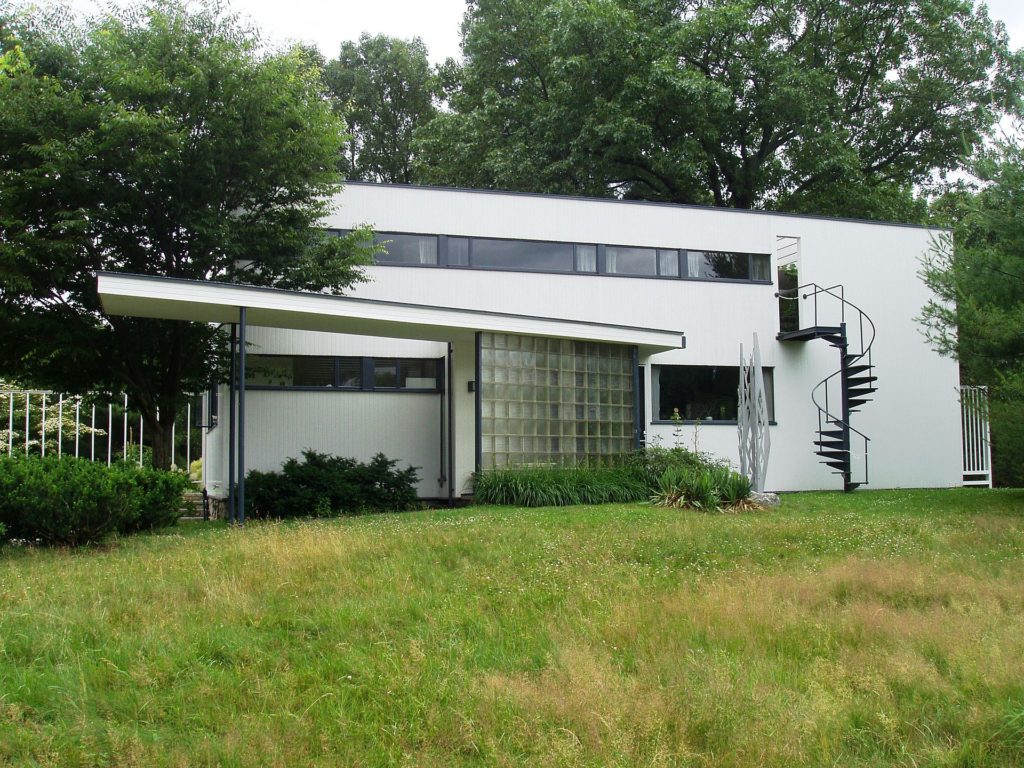
1938, Lincoln, Massachusetts
Gropius, and his wife fled Europe and settled in Massachusetts when he began teaching at Harvard’s Graduate School of Design. Gropius designed his own house in full Bauhaus design. In the 1930s, the United States was not yet familiar with the Bauhaus principles and many individuals found the house to be out of place.
How Bauhaus Redefined What Design Could Do for Society
Bauhaus encapsulated everything the design movement stood for, bringing arts, crafts and industry together to form a single masterpiece. It would be an understatement to say that the current state of the graphic design industry and architecture design owes a lot to the Bauhaus movement. The movement sought to embrace the 20th century in a way that allowed basic necessities like buildings, furniture, and design, to be completed in a more functional yet effective way. The Bauhaus belief ties in the artist and the craftsman, and focuses on the productivity of design as a whole. Bauhaus’ vision was to embrace the new technological developments unifying art, craft, and technology. With many design movements throughout our history, the outcomes can appear to be outdated over time. In contrast, the Bauhaus philosophy has had a constant influence on all forms of design. This movement has impacted everything from design and typography to furniture and buildings and has influenced countless designers and architects worldwide through the decades. 100 years later, and the Bauhaus principles, trends and designs still hold true. The Bauhaus can still be experienced in many places throughout the US and around the world.
Black Mountain College

1933, Asheville, North Carolina
The Black Mountain College, a school with a similar Bauhaus design education program, was opening its doors in the United States, just as The Bauhaus was closing its doors in Berlin. Its integrated design approach marked it as a prominent part in American art history and avant-gardism.
The New Bauhaus, Laszlo Moholy-Nagy / Mies van der Rohe
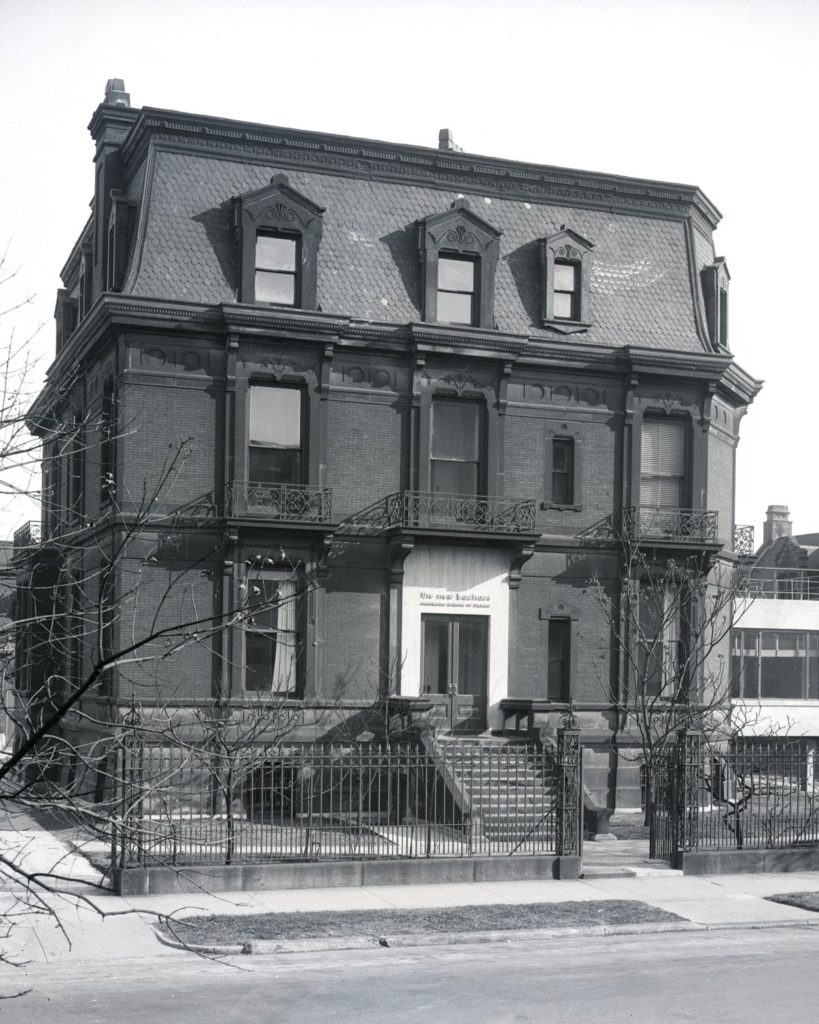
1937, Chicago, Illinois
One of the biggest Bauhaus-inspired structures in the US is The New Bauhaus. Moholy-Nagy moved to the United States after teaching at Bauhaus from 1923-1928 and found the New Bauhaus. Towards the mid-20th century, the school became part of the Illinois Institute of Technology. Its most notable structure is considered to be the Crown Hall, which became home to the design school in 1955.
Aspen Institute, Herbert Bayer and Fritz Benedict
1949, Washington D.C.
In 1945, Chicago businessman Walter Paepcke contacted Bauhaus artist and architect Herbert Bayer, who had designed and built a Bauhaus-inspired residence near the town of Aspen, in the Roaring Fork Valley. Both imagined a place where creative minds could gather. Bayer took the surrounding landscape and created an architectural response to it.
The Alan I.W. Frank House, Walter Gropius and Marcel Breuer
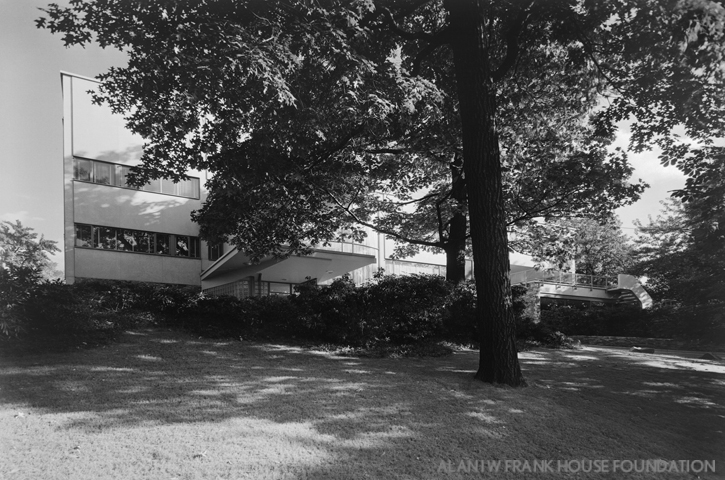
1940, Pittsburgh, Pennsylvania
When the duo began teaching at Harvard’s Graduate School of Design, they were commissioned by Frank’s father to build him a family house. Their designs were not just limited to the architecture itself, but to the fittings and furniture as well, making the residence a truly unique, and Bauhaus inspired property.
Bauhaus inspired fitted kitchens
Georg Muche designed the first fitted kitchen in 1923. Muche was one of the youngest Bauhaus masters. The Haus am Horn, or “dream house” was designed for himself and his wife. Margarete Schütte-Lihotzky was the first female to create the fitted kitchen, designing it to cut the time devoted to household chores during the 1920’s. Lihotzky sought to improve the living conditions of the working class. Summarizing the guiding principles for her work — a functionally oriented approach to architecture. Her design layout was inspired by the kitchens in train-dining cars, with the most important items always within reach, and many devices intended to help shorten the work process. Surfaces were painted blue-green because scientists claimed the color repelled flies. Her principles and design ideas are similar to those under the Bauhaus movement.
Renewed Appreciation of Functional Form
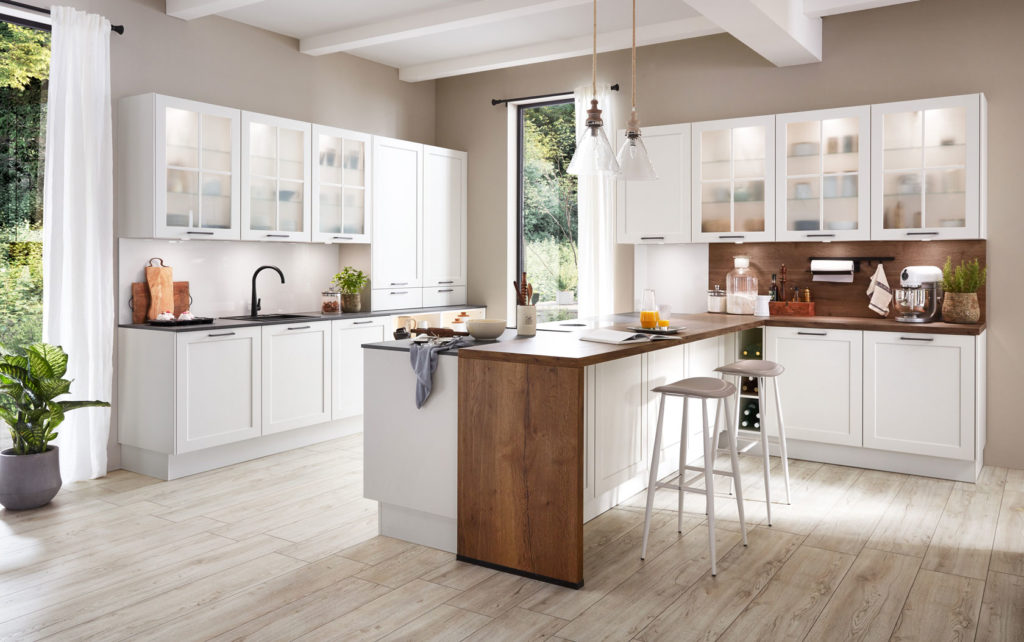
European Kitchen Furniture makers have been producing products and components for over 70 years. Principally designed, engineered and manufactured in Italy and Germany. Manufacturing techniques continue to be perfected, utilizing Technologically advanced materials to create best in class spaces.
nobilia combine’s modern kitchen, living and dining into one contemporary living space in a holistic way. Simplified Living is about reducing space and embracing the Bauhaus concept of “form follows function,” for your individual home!
There are the basic design elements of the stylistic kitchens such as space, line, form, color and texture for the attraction of Bauhaus-inspired European Kitchen Furniture. Learning about these design concepts and their application will help you make your kitchen design look attractive and beautiful, and you will feel good about everything that gets incorporated into your room.
Bauhaus influences can be seen everywhere. By ensuring that everything has a purpose, nobilia virtually eliminates extraneous embellishment from art, architecture, education and design.
Today’s kitchen moves beyond functionality to incorporate a healthy, and more simplified living, such as user-centered kitchens and sustainable kitchen cabinetry. Merging smart technology into your design will also help you complete complex and time-consuming tasks promptly while also conserving energy.
nobilia – Bauhaus inspired
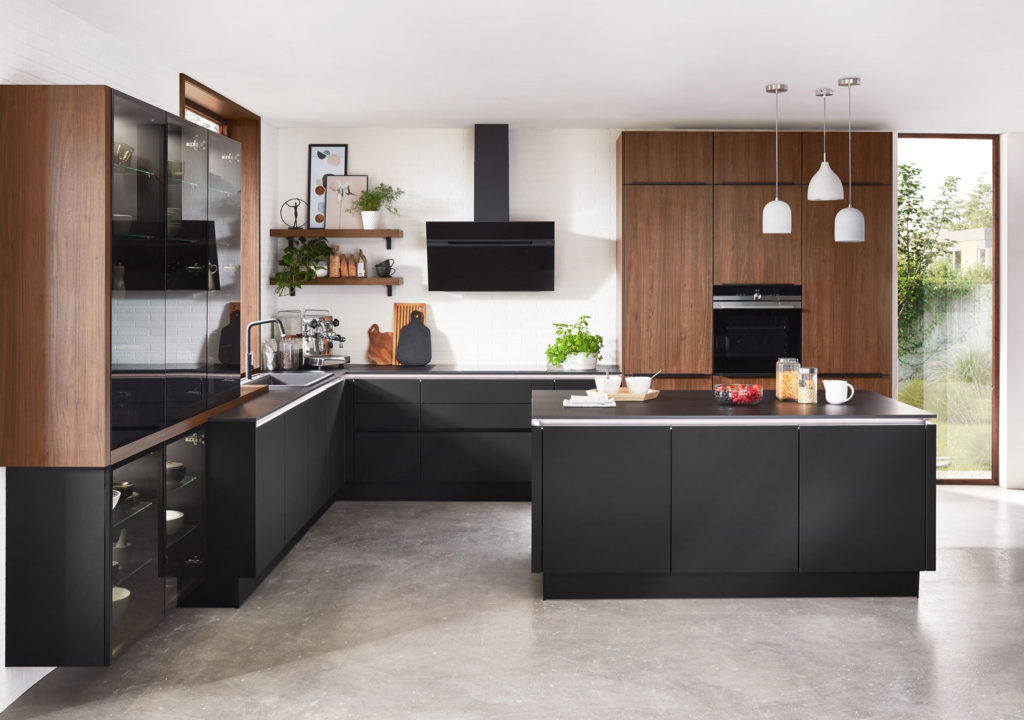
nobilia is Part of the Total Work.
nobilia Brings Together Systematic Design Concept.
nobilia Combines Technology with Art and Efficiency with Design.